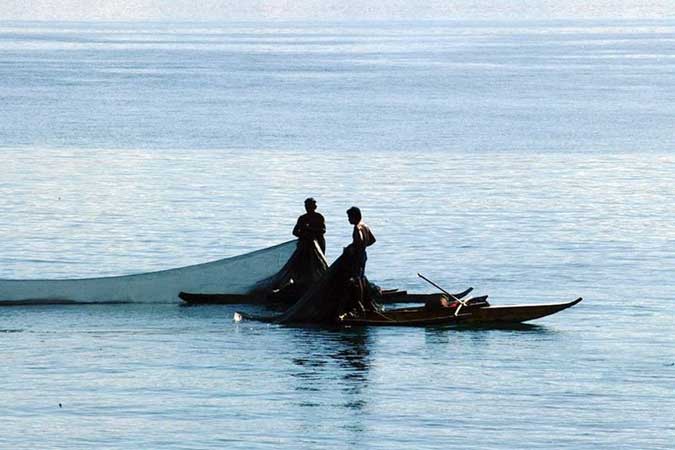Fisherfolk need to be trained and guided more closely by local and national government agencies to properly enforce sea patrols, manage protected areas, and implement harvest control, according to a policy paper. Findings showed that lack of training and coordination made it hard to address issues like illegal, unreported, and unregulated (IUU) fishing.
“If they’re not given proper training and understanding of coastal resource management, they won’t be able to participate and recommend policies,” said Dr. Noemi S.B. Lanzuela, national stock assessment program coordinator of the Bureau of Fisheries and Aquatic Resources (BFAR) in Region V, in a virtual congress for Fisheries and Aquatic Resource Management Councils (FARMCs).
Another issue was a lack of representation from small-scale fisherfolk. Martha E. Cadano, a national FARMC member from Region VIII in the Visayas, said there were gaps from unrepresented municipalities, since there were only a few members from every region. She added that there is a need for better integration and organization on municipal, city, and national levels.
This is especially relevant in light of Supreme Court’s (SC) Mandanas-Garcia ruling, which allocates about P234.6 billion of additional funds to local government units (LGUs).
“We can study how to utilize these funds for FARMCs, like enforcing fishery laws and training FARMC members,” said Ernesto G. Lim, Jr., policy and communications officer of NGOs for Fisheries Reform, who also suggested amending sections of the Fisheries Code, to allow each municipal coastal area to coordinate better with agencies.
The consensus among attendees was to focus on empowering small-scale fisherfolk. Rollan C. Geronimo, an IUU fishing specialist for the United States Agency for International Development’s (USAID) Fish Right, suggested clearer measures for reporting cases of IUU fishing, like a simple monthly tracking in each barangay.
It would be easier to have frequent reporting of observations, he said, since the area being patrolled is small. The practice could also be normalized by encouraging fisherfolk to discuss these observations during monthly barangay meetings.
Meanwhile, on a policy level, Senator Risa N. Hontiveros-Baraquel, a guest speaker at the event, pledged to push bills that address the issues that were raised. One of these is Senate Bill No. 168, which seeks to create and implement a comprehensive fisheries management and protection plan for the country’s fisheries and aquatic resources.
“While the bills are not yet implemented, FARMCs remain important in their influence,” she said, doubling down on the need to continue conversations.
Of the 945 municipal and city FARMCs, 890 are active while 55 are inactive. The national advisory body for these councils recommended 51 Fisheries Administrative Orders (FAOs) over the past 10 years.
The most recent of these FAOS is 266, which BFAR issued in 2020 to enable Philippine catcher vessels weighing 3.1 to under 30 gross tons to install vessel monitoring measures and an electronic reporting system. This was an effort to intensify surveillance of Philippine waters against IUU fishing.
The virtual congress was organized by the World Wide Fund for Nature (WWF) Philippines in time for National Fisherfolk Day on May 31. — Brontë H. Lacsamana

